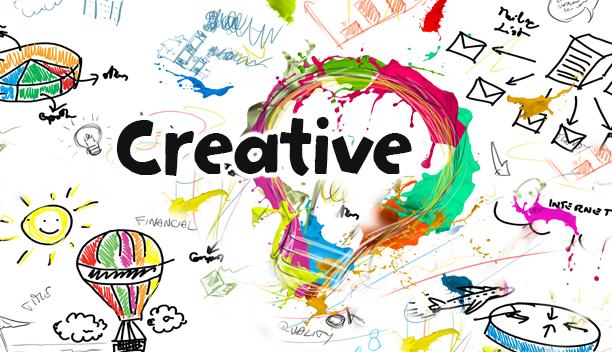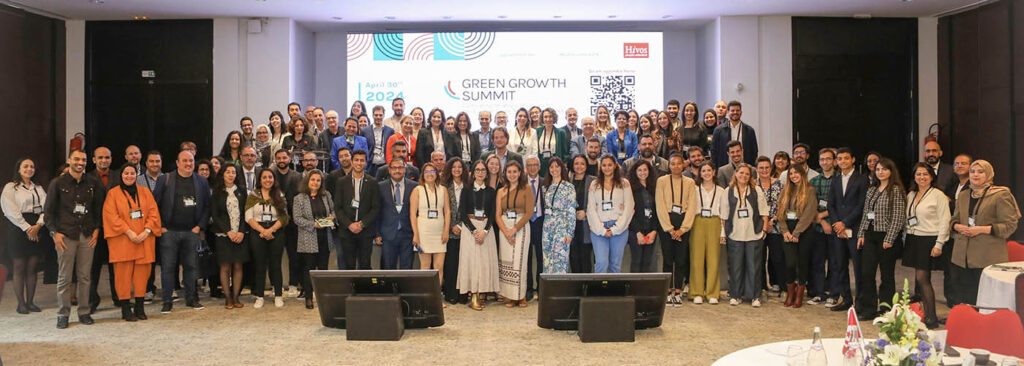Recognising women in the creative sector by Samantha Nengomasha
The local creative sector is for the women makers, much like other public spheres; competitive and marginalising. The sector as a whole catalyses change and is characterised by counter-hegemonic approaches inclusive of feminist practices that spite patriarchal attention. In that regard, women are still confined to private spheres, by choice or otherwise. Those that are active in the industry are contributing significantly to opening up spaces for an inclusive society. Some are inspired to create cutting-edge feminist narratives whilst others are dedicated to bring overall development opinions that instigate positive resolutions in respective areas of conflict.
Makers are simply agents of change, members of society that on behalf of many others push the boundaries of imagination and restrictive legislation. However makers are often misunderstood as entertainers due to the informal industry in which they usually operate, which uses digital media particularly. It is this confusion that usually leads to the discouragement of women who would like to venture into the creative sector. However, what differentiates makers and entertainers is the content produced, and the social impact the content has.
Why Female creators
The content being produced by female makers discusses the dynamics of local economics, politics, and public service delivery. This can be done through art, music, dance, spoken word, poetry, satire, and crafts. Others go as far as excavating historic female figures to challenge patriarchy and improve learning material for the future.
The barriers on the ground
Female makers face common problems as other women in public sector; i.e. sexual harassment, male gaze, patriarchy, gender stereotypes, intimidation, low self esteem, religious submission, gender based violence, labelling, exclusion and technical ignorance. These problems serve as barriers to active participation, leadership, and/or confidence. It is also these problems that their content addresses but is not limited to.
It is difficult to attend to the needs of female makers as their work is reflective of other unresolved problems. In other words, it is difficult to help someone who is challenging the status quo, mainly because the reformers are usually the norm beneficiaries. Instead we can help to capacitate female makers to stir enough public dialogue that will in turn stir mass action.
Possible Solutions?
All social actors, office bearers and the civil masses must respect the spaces of makers without infiltrating their content or audience. Neutral work spaces guarantee safe places for female makers to engage and interact with each other in order to attend to needs central to them. However this doesn’t translate to operating in isolation from other makers or industries. Rather it allows them a productive working environment and a shared understanding of work related operations,
“A dame that knows the ropes isn’t likely to get tied up.”
― Mae West





